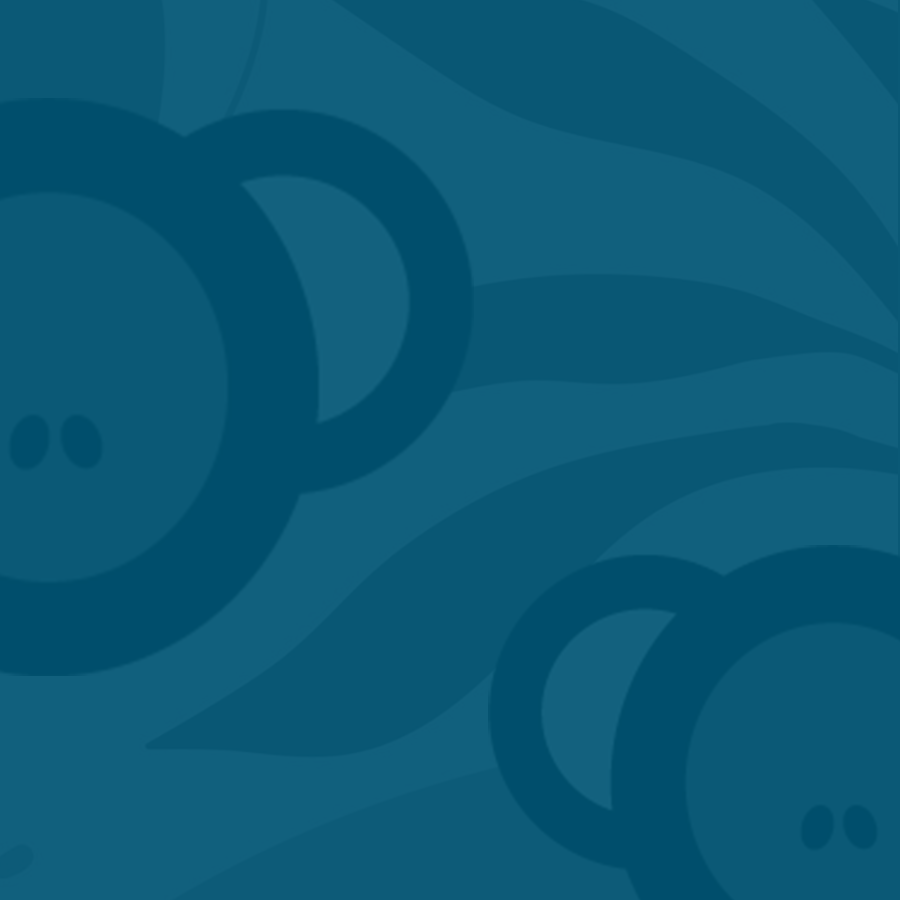Fields of intervention
Facilitating
Fields of intervention
Facilitating
Some common challenges
encountered by the teams
Collaboration
- Teams can experience difficulties in cohesion and collaboration, often due to a lack of a shared framework of trust.
- The ever-increasing pace of work can lead to the formation of silos and a ‘fire-fighter mode’ approach.
- With the rise of remote working, cross-functional collaboration becomes tricky, leading to wasted time, misalignment and general inefficiency.
- Some groups lack mutual support, while other managers seek to develop versatility, creating disparities.
- What’s more, there is often insufficient recognition of the work accomplished and of individual worth.
- Compartmentalisation manifests itself in the formation of clans within the team, creating problems of understanding with stakeholders.
- The lack of a framework, shared rules and clear decision-making leads to difficulties in regulating conflicts and easing tensions.
Supporting change
Effectively managing change can pose challenges during periods of growth crisis, with major transformations in the workforce.
- The lack of a shared global vision and support for objectives generates frustration and misunderstandings.
- This can lead to a mismatch between employees’ contributions and expectations, and a lack of meaning in the work they do.
- Dissatisfaction with involvement, consistency and prioritisation can also emerge.
- Poorly integrated roles and responsibilities lead to misunderstandings and divergent expectations.
- Frequent changes in strategy or vision lead to frustration and a lack of clarity in the roadmap, resulting in disengagement or a drop in motivation.
Relationship difficulties
- Management decisions can be misunderstood, creating a discrepancy between policy and reality on the ground.
- A feeling of distrust towards management or related teams can develop, fuelled by negative judgements.
- Toxic relations between employees, characterised by the search for those to blame, form a victim-persecutor-saviour triangle.
- It is often difficult to express one’s feelings in a healthy way, and some teams may be in denial about the reality of the situation, presenting an apparent stability even though problems exist.
Objectives of collective facilitation seminars
Systems implemented
A rigorous method that focuses on meaning, process and content.
Our seminars are always tailored to your needs and requirements. They follow a method that always follows the logic: meaning – process – content.
Beginning with meaning means focusing on everything first, and in particular before imagining any work sequence or seminar architecture. We collect the objectives with the seminar sponsor and organiser during a series of interviews, by questioning, clarifying and reformulating the request.
These interviews enable us to imagine the structure and coherence to be given during the day or days of the seminar with the team.
This is the stage at which the process, the agenda and the logistical details needed to organise and ensure that the work is carried out properly are co-constructed. One of our best practices is to regularly formalise the agenda for our seminars and events using SessionLab, a totally collaborative digital planning tool that enables facilitators and teams to easily design and organise fun workshops and work sequences. The work sequences and workshops (the what) are therefore built around this preliminary plan.
We always use the right methods at the right time to ensure they are effective. The fact remains, however, that in our practice we largely favour facilitation that combines professional coaching and play.
Working together effectively means rediscovering a collective sense of commitment through inspiring creative media that draw on all the arts.



